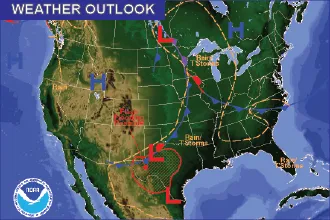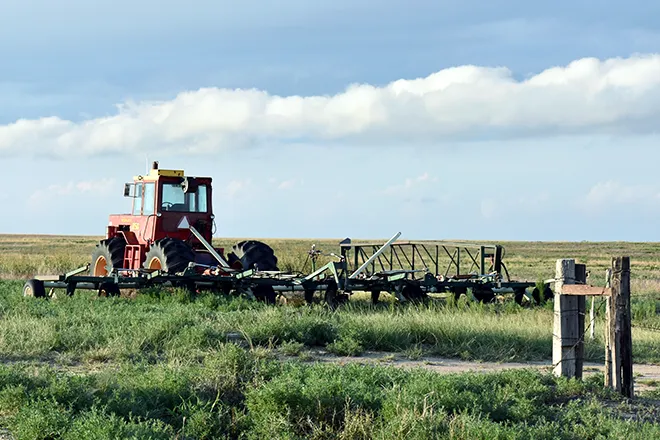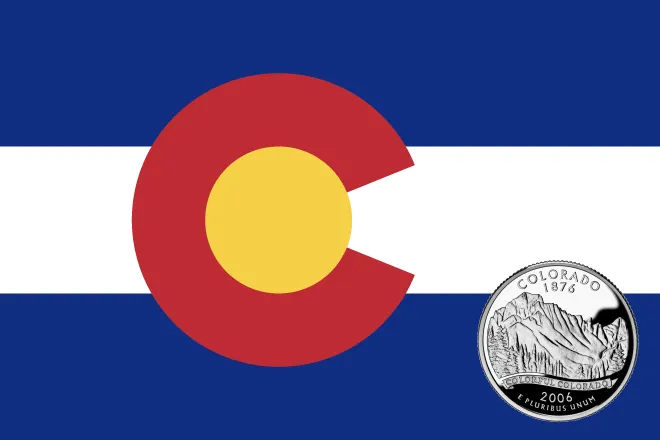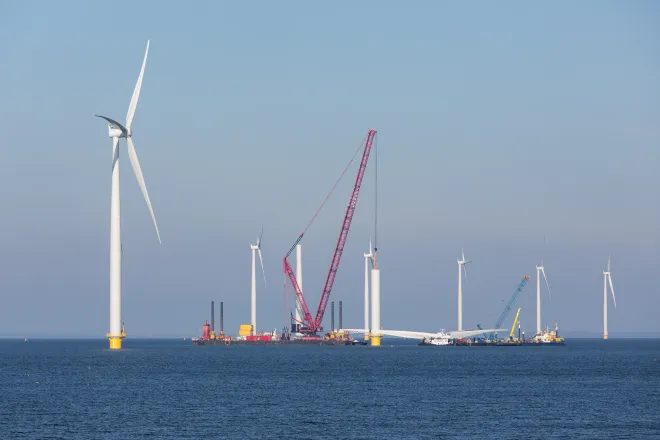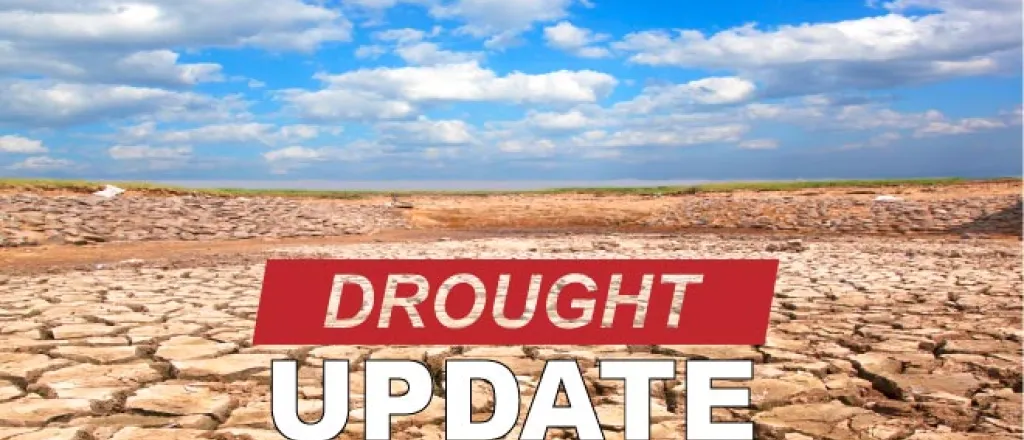
Like much of the western US, no drought relief for parts of Colorado
Like much of the southwest United States, western Colorado remains under extreme and exceptional drought according to the latest report from the National Drought Mitigation Center.
Portions of Gunnison, Pitkin and Delta counties in western Colorado saw severe drought degrade to extreme conditions, while the remainder of the state was unchanged.
Thirteen of Colorado's 64 counties have a least some area in exceptional drought, with most or all of their remaining area in severe conditions.
Much of the western United States suffered under hot temperatures and continued lack of rain during the previous week. Like western Colorado, large portions of California, Nevada, Utah, Arizona and New Mexico are experiencing extreme and exceptional conditions. Extreme drought stretches into central Oregon and southwest Washington. Much of North Dakota, along with smaller areas in northeast Montana and north central South Dakota are also in the two worst drought categories.
Last week, the National Weather Service issued a rare excessive heat warning for the Grand and Paradox valleys in western Colorado as temperatures in the area soared above 100 degrees and created risks for deadly heat-related illnesses.
Fire danger has been an increasing concern for agricultural producers in the western part of the state according to the United States Department of Agriculture’s weekly report.
In eastern Colorado, remaining drought and abnormally dry areas finished shifting to drought-free conditions over the past two weeks. The area faced dry conditions and temperatures in the 90s during the week. Saturday afternoon, storms were sweeping across most of the eastern plains, prompting a severe thunderstorm watch for 23 counties in the region, along with a flash flood watch for south central burn scar areas.
Improvements in eastern Colorado began in mid-March as significant snow provided relief. During May, thunderstorms continued to bring rain to the state's eastern plains, resulting in drought-free conditions for most northeast counties by the end of the month.
The first drought-free area in Colorado since mid-2020 appeared in late April.
Overall, drought statistics are unchanged from last week despite shift in severe to extreme conditions in the three western Colorado counties. Fifty-five percent of the state remains drought-free, with an additional four percent considered abnormally dry. Moderate and severe drought both covered six percent of the state. Extreme conditions remained at 12 percent, and exceptional drought covers 18 percent of Colorado. Total does not equal 100 due to rounding.
Slightly over 572,000 people in Colorado are in drought-impacted areas, down from 4.6 million in April.
One year ago, 18 percent of the state was drought-free, with an additional 16 percent experiencing abnormally dry conditions. Moderate drought was impacting another 11 percent of the state, with 22 percent in severe drought and 33 percent in extreme conditions. Exceptional drought had not yet appeared in Colorado.
Early in the summer of 2019, the state was in an eight-week span of drought-free conditions - the first time Colorado had been clear from all levels of drought and abnormally dry conditions since records became available starting in 2000. In late May of that year, the state's snow water equivalent stood at 437 percent of normal following a series of storms that brought abundant moisture across Colorado's river basins.
As much as 77 percent of the state has fallen into the extreme and exceptional categories within the past year.
Colorado Drought by the Numbers | |||||||
Week | Date | None | D0 | D1 | D2 | D3 | D4 |
Current | 6/15/21 | 55 | 4 | 6 | 6 | 12 | 18 |
Last Week | 6/8/21 | 55 | 4 | 6 | 6 | 12 | 18 |
3 Months Ago | 3/16/21 | 0 | 4 | 24 | 33 | 24 | 15 |
Start of Calendar Year | 12/29/20 | 0 | 0 | 6 | 18 | 49 | 28 |
Start of Water Year | 9/29/20 | 0 | 1 | 10 | 36 | 50 | 3 |
One Year Ago | 6/16/20 | 18 | 16 | 11 | 22 | 33 | 0 |


